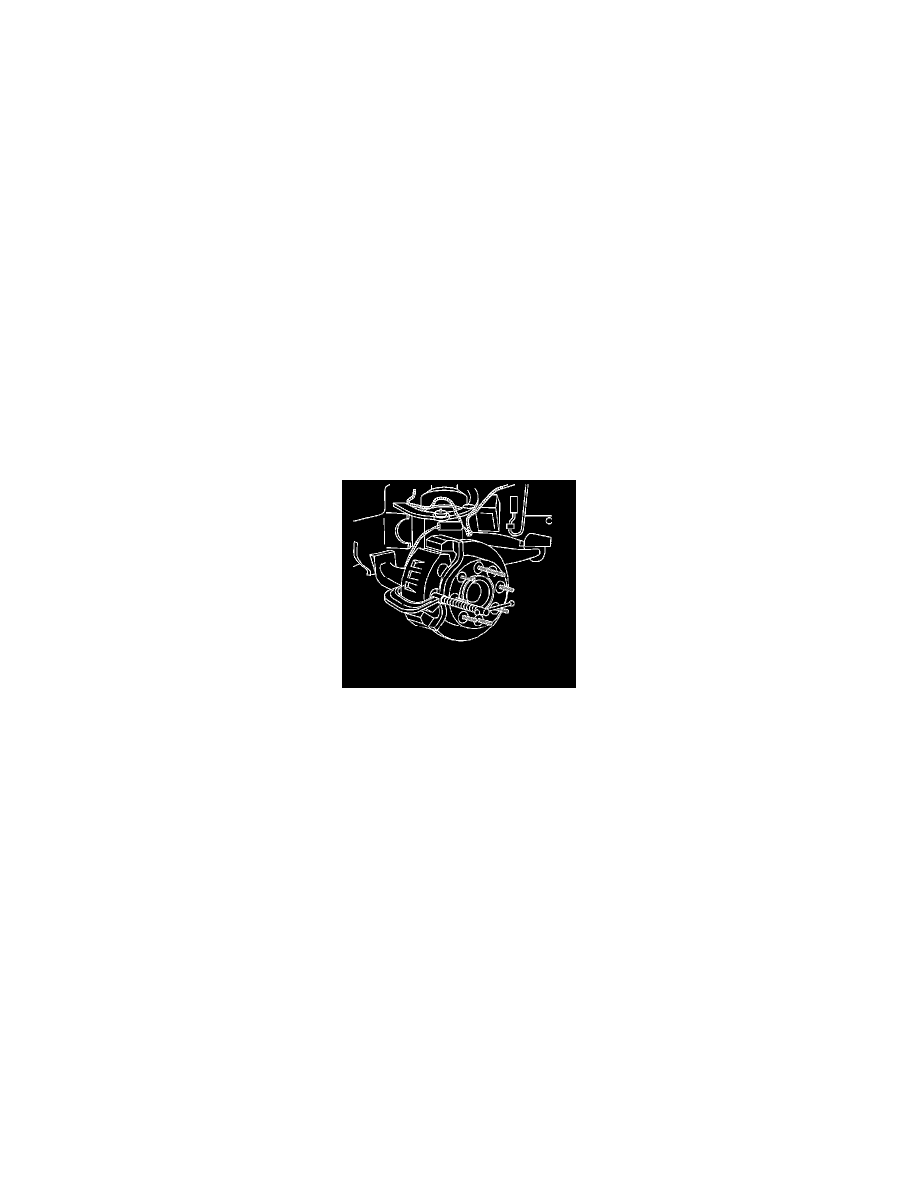Tahoe 2WD V8-6.0L Hybrid (2008)

14. Slowly release the brake pedal.
15. Wait 15 seconds, then repeat steps 13-14 until a firm pedal is obtained to properly seat the caliper pistons and the brake pads.
16. Fill the master cylinder reservoir to the proper level with clean brake fluid, if necessary. Refer to Master Cylinder Reservoir Filling (See:
Hydraulic System/Brake Master Cylinder/Service and Repair/Procedures/Master Cylinder Reservoir Filling) .
Front Brake Rotor Replacement (2500 Series)
Front Brake Rotor Replacement (2500 Series)
Tools Required
J 42450-A Wheel Hub Resurfacing Kit
Caution: Refer to Brake Dust Caution .
Removal Procedure
1. Inspect the fluid level in the brake master cylinder reservoir.
2. If the brake fluid level is midway between the maximum-full point and the minimum allowable level, no brake fluid needs to be removed from the
reservoir before proceeding.
3. If the brake fluid level is higher than midway between the maximum-full point and the minimum allowable level, remove brake fluid to the
midway point before proceeding.
4. Raise and support the vehicle. Refer to Lifting and Jacking the Vehicle .
5. Remove the tire and wheel assembly. Refer to Tire and Wheel Removal and Installation .
6. If installing the original brake rotor, mark the relationship of the brake rotor to the hub.
7. Compress the brake caliper pistons.
1. Install 2 large C-clamps over the top of the caliper housing and against the back of the outboard brake pad.
2. Slowly tighten the C-clamps until the caliper pistons are pushed completely into the caliper bores.
3. Remove the C-clamps from the caliper.
